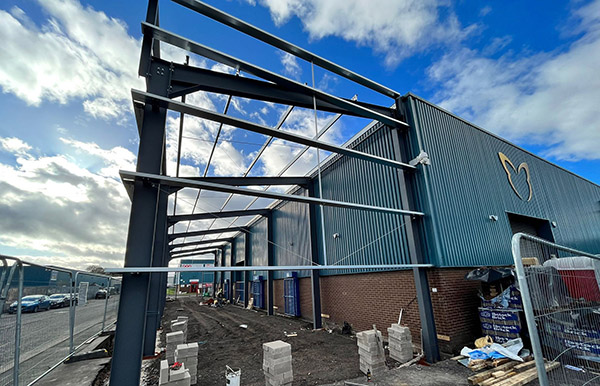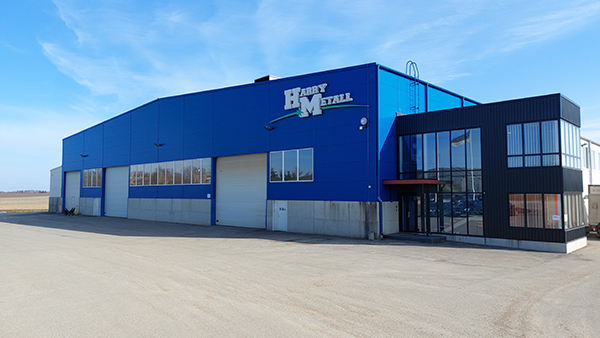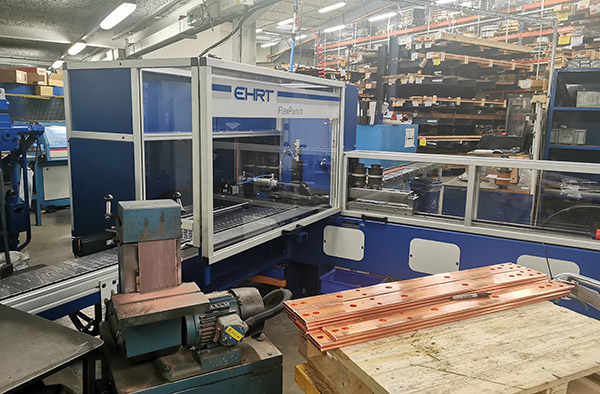
Amada has launched its Ensis 6225AJ fibre laser cutting machine into the European market. With the ability to process 6.2 x 2.5 m sheets, the new machine is available in 6, 9 and 12 kW variants, with all powers able to cut up to 25 mm mild steel, stainless steel and aluminium.
Being able to process larger sheets, or multiple sheets in a large cutting area, leads to several benefits, such as more efficient material utilisation and higher production flexibility. Previously, Amada Ensis fibre lasers were available in 3 x 1.5 m and 4 x 2 m variants. Now, the series has been expanded to incorporate 6.2 x 2.5 m capabilities.
Utilising Amada’s established variable beam control technology, first released in 2014, the Ensis 6225AJ automatically adapts the laser beam mode (not just the focal position and spot size) to each material and thickness combination. This technology also allows the beam mode to be changed between the pierce and the cut, providing a high-power density beam shape for high-speed piercing, then instantly changing to the optimal beam shape for providing high-speed, high-quality cutting. Notably, a single lens can process all materials and thicknesses.
Amada has also added several new laser integration system features to the Ensis 6225AJ that provide more autonomous functionality, rather than relying on the operator to carry out certain checks.
For instance, the i-Nozzle Checker automatically checks the nozzle condition and changes it in conjunction with the standard 16-station nozzle changer if damage is detected, thereby removing any subjective operator decision. This system also incorporates automatic beam to nozzle alignment, significantly reducing start-up times and processing issues.
For further information
www.amada.eu























